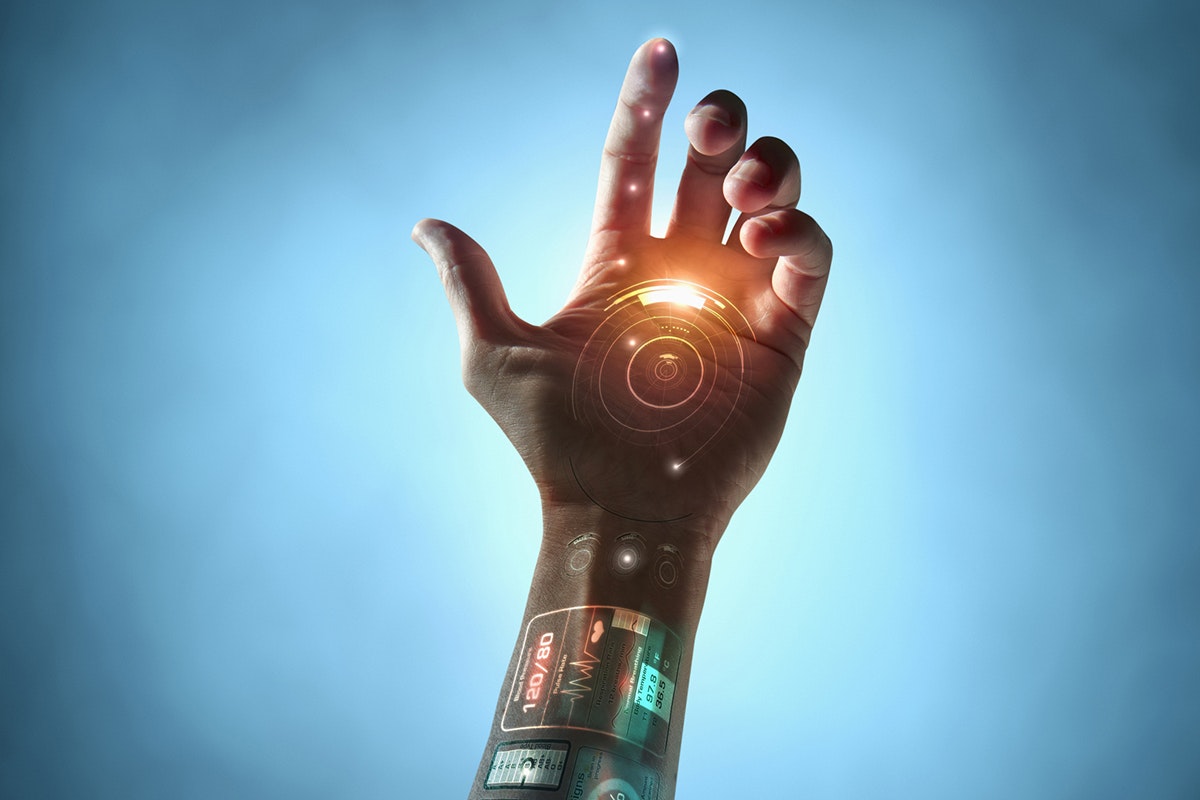
Looking at the world of the future, we all wonder what will happen to work. Will we still have jobs? Will all the dumb jobs disappear so we no longer have call centres (replaced by chatbots and avatars); accountants and auditors (replaced by AI algorithms); Uber drivers and hotel check-in staff (replaced by robots); and so on and so forth.
There are lots of negative views of the world of the future, but my view is more positive. I see a future world where children learn the things that machines cannot learn – arts, music, sport and anything creative; where human empathy differentiates us from machines; where jobs will relate to counselling and emotional support; where the daily routine might involve three days a week working for four hours a day; and more changes to the way we think of work than we have ever seen.
Our ancestors worked hard manual days for a pittance; we work shorter and less manual days for a minimal wage; our children will work even less for a higher income. That’s the hope of many. The hope is that machines will free us from the mundane, the administrative and the boring; and allow us to live lives that are far more enriched, creative and free.
The challenge is how to get there?
I’m not sure we will in the near term after reading an excruciating article about Facebook’s content moderators. I thought Facebook would have clever algorithms that recognised anything untoward being posted by some teenage ingrate, and would automatically remove it. Instead, hordes of humans spend their days looking at graphic content being posted of puppies being battered to death or children being tortured and physically remove and report it. Their work conditions are terrible – one worker died of a heart attack sitting in his chair – and some call it a sweatshop. And this is in the heart of corporate America.
So much for artificial intelligence.
Obviously, it is these sort of jobs that AI will target in the future, but we are a long way from getting there today.
What happens when we do get there? What happens when chatbots evolve into machines that learn and look like humans*?
Well, if the negative view of the world comes true, then two-thirds of humanity will be out of a job. That’s why there is so much talk about a Universal Basic Income (UBI). UBI causes extreme debate – as the idea is to give everyone free money for no work – but in most instances of where it has been trialled, it’s left people happier.
For example, a limited trial of UBI in Finland found that unemployed people felt less stressed, happier and more relaxed about life, but still couldn’t be bothered to find work. For more on UBI, this is a good read: Defending right to a dignified life.
Whatever your thoughts, the future is unclear for work, life and humanity. Machines are taking over and, as I mentioned the other day, humans are becoming slaves to the machines. Just don’t turn off the electricity, OK?
* This is a video uploaded to LinkedIn by Brian Hartzer, CEO of Westpac, who comments:
“Artificial intelligence is becoming more human-like by the day – but I have to say I never expected it to look like this. Meet Lia, a digital human created by Soul Machines – animated, autonomous and emotionally intelligent. She looks and sounds just like us. Lia joined us at #VogueCodes to talk to girls about careers or studies in STEM (by the way, 77% of young Australians don’t know what STEM is!). An interesting way of engaging these young women in what could be an exciting career ahead.”
Oh, and if you’re unsure of STEM too, it’s Science, Technology, Engineering and Mathematics.
Chris M Skinner
Chris Skinner is best known as an independent commentator on the financial markets through his blog, TheFinanser.com, as author of the bestselling book Digital Bank, and Chair of the European networking forum the Financial Services Club. He has been voted one of the most influential people in banking by The Financial Brand (as well as one of the best blogs), a FinTech Titan (Next Bank), one of the Fintech Leaders you need to follow (City AM, Deluxe and Jax Finance), as well as one of the Top 40 most influential people in financial technology by the Wall Street Journal's Financial News. To learn more click here...

